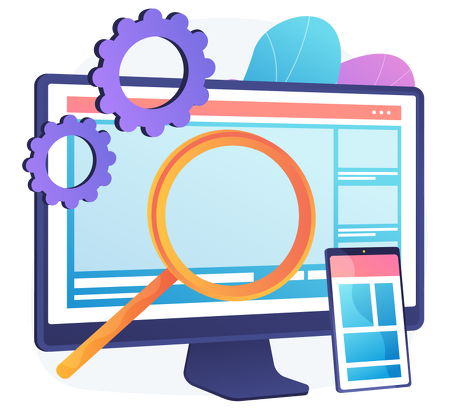Облачные услуги и сервисы. Что такое IaaS, PaaS, SaaS и DaaS?
Облачные вычисления — это многим известная технология, в основе которой лежит предоставление пользователям сетевого доступа к различным ресурсам, например, данным или приложениям. Каждая облачная инфраструктура построена на одной из четырех моделей обслуживания.

SaaS (Software-as-a-Service)
Переводится это так: «программное обеспечение как услуга». В этой модели поставщик сервиса использует собственное интернет-приложение и предоставляет возможность потребителям пользоваться им через Всемирную сеть. Основные особенности SaaS:
- Пользователи услуги не платят за обновления, установку, обслуживание используемого аппаратного и программного обеспечения.
- Улучшение и обновление сервиса осуществляется прозрачно для пользователей — им не нужно вручную производить для этого какие-либо манипуляции.
- За использование сервиса поставщик взимает оплату. Цена определяется продолжительностью доступа к услуге (например, за месяц) или объемом выполненных операций.
PaaS (Platform-as-a-Service)
Переводится как «платформа как услуга». В этой модели поставщик предлагает клиентам использовать свою облачную инфраструктуру для установки своего программного обеспечения. Здесь речь идет о целых платформах: ОС, СУБД, а также всевозможных инструментах для разработки. Основные особенности PaaS:
- Доступ к управлению облачной инфраструктурой PaaS имеет только провайдер. Он же задает набор доступных платформ, настроек и услуг.
- Стоимость определяется объемом оказанных услуг, который может измеряться временем их использования, количеством операций, проходящим трафиком и другими факторами.
IaaS (Infrastructure-as-a-Service)
Переводится как «инфраструктура как услуга». В отличие от первых двух, в этой модели предполагается большая свобода действий — потребитель может собственноручно управлять предоставляемыми сервисами. Это могут быть средства для управления самыми разными ресурсами и контроля над ними.
DaaS (Desktop-as-a-Service)
Переводится как «рабочий стол как услуга». Модель DaaS — это логическое продолжение SaaS. Здесь сервисом является не определенное программное обеспечение, а рабочее место, которое готово к использованию и снабжено всеми необходимыми средствами. Сеть дата-центров 3data использует именно эту модель обслуживания, как наиболее современную и расширяемую.
В двух словах, любая из вышеперечисленных услуг призвана снять определённую часть временны́х и финансовых затрат на развертывание и поддержку вашего IT-сервиса (будь то сайт-визитка, сервер 1С в облаке или крупный корпоративный проект). Вся разница заключается в том, какую часть забот вы оставите себе, а какую — отдадите в управление провайдеру услуги.
Надеемся, данный материал помог вам разобраться в многообразии моделей «as a service».
Публикации по теме
Все публикации
Автоматизация управления персоналом – обязательное требование современного менеджмента. Для системы автоматизации этого процесса создана система HR (human resources) — система управления персоналом.

В наше время никого уже не удивишь наличием сайта, ведь существует много способов сделать сайт даже человеку без особых навыков. Но эффективен ли такой сайт? Стоит ли обращаться к специалистам? Сколько попугаев в одном удаве?



